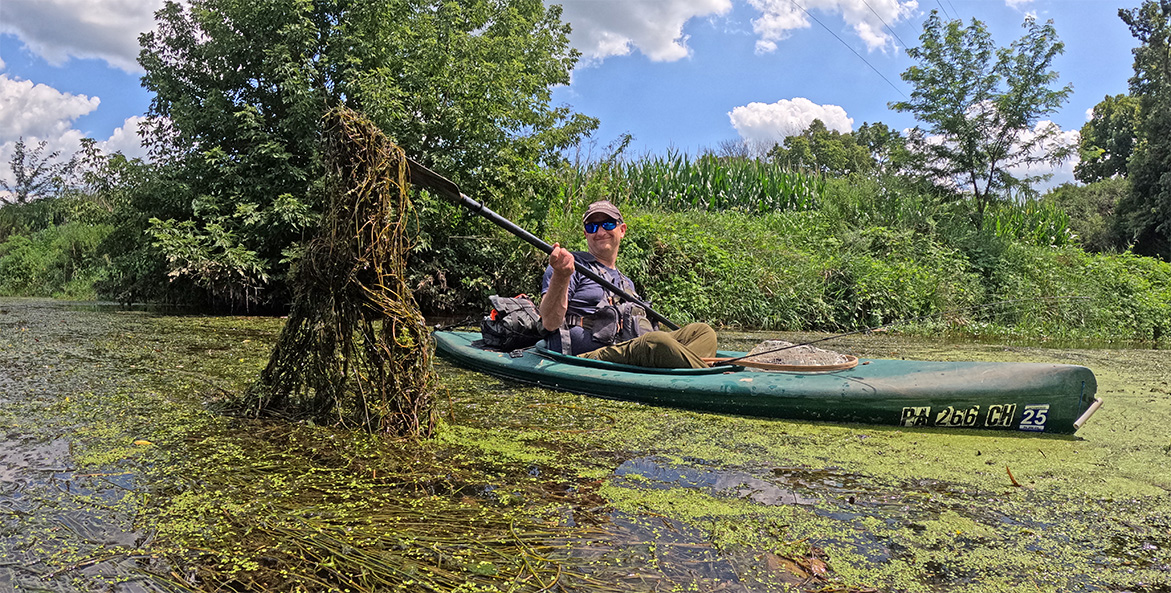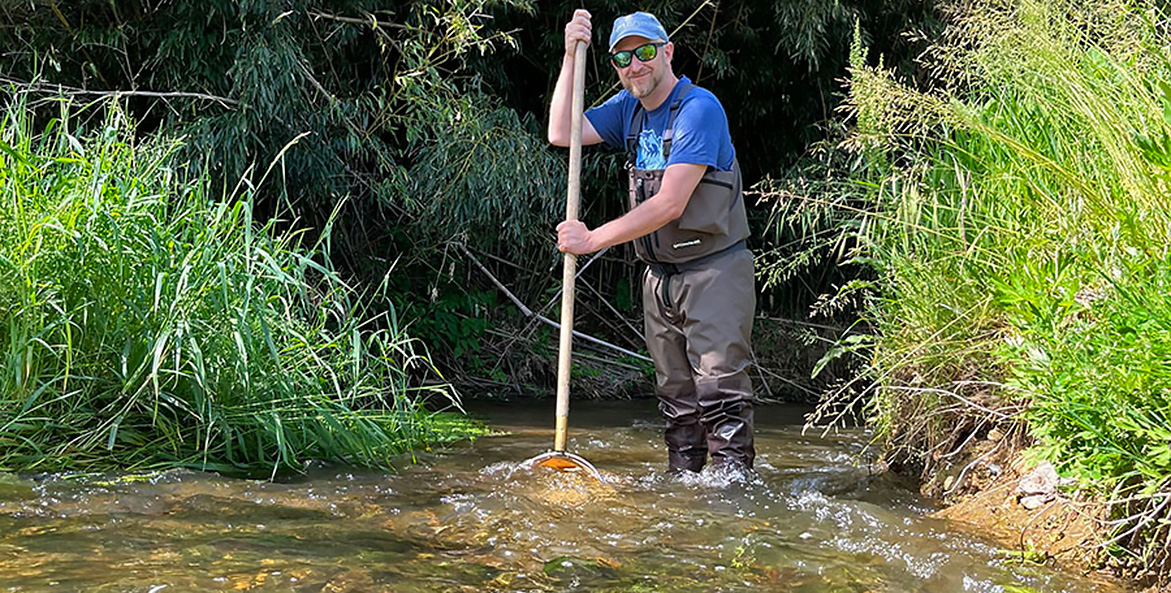Getting conservation practices on the ground is one challenge. Getting them in the right places is another. Pollution isn’t spread evenly across the landscape. Rather, the vagaries of topography, soil type, and land management practices create hotspots. Lancaster County, Pennsylvania, is one of them.
“If Lancaster County alone were to clean up its waterways, the entire state would be well on its way to meeting the targets for the Chesapeake Bay,” says Brian Gish, CBF’s Watershed Coordinator in south-central Pennsylvania.
Much of the problem stems from the county’s prodigious agricultural production—it’s among the top 20 counties in the nation by market value, according to the U.S. Census of Agriculture. Approximately 89 percent of its 1,400 miles of streams are deemed “impaired” by the Pennsylvania Department of Environmental Protection (DEP), many from agriculture. That means water quality is too poor to support aquatic life or other uses like recreation, potable water, and fish consumption.

Excess nutrients from fertilizers and animal waste that flow into the Conestoga River cause an explosion of aquatic weeds an algae. After these blooms die, the bacteria that digest their remains steal the water's oxygen, rendering many rivers and streams incapable of supporting healthy and diverse aquatic life.
Codi Yeager/CBF Staff
Gish kayaks down the upper portions of one impaired river, the Conestoga, and uses a paddle to scissor a pile of seaweed into the air.
“If ever there was an example of what excessive nutrients look like in a body of water, this is it,” he says.
For the last five years, Gish and Caitlin Glagola, CBF’s Watershed Coordinator for central Pennsylvania, have created restoration plans to remove rivers like this from the state’s impaired list. Targeting hotspots can focus investments where they are needed most.
Our process taps into community work that is already going on. In the end, that’s what makes these plans well thought-out, well-researched, and something that’s going to work.
“How can we get to delisting quicker? It’s by doing strategic planning, applying resources and time and investment in specific areas. It’s like triage,” Glagola says.
The planning process begins with mapping and data analysis to help pinpoint areas of high pollution. Community engagement and local partners help identify concerns—like creating fishing and hunting habitat, reducing flood risks and erosion, or providing more water access.
“Our process taps into community work that is already going on,” Glagola says. “In the end, that’s what makes these plans well thought-out, well-researched, and something that’s going to work.”
An approved plan unlocks federal funding for local governments and organizations to implement restoration projects. The first two plans Gish and Glagola completed—for the Pequea Creek and Halfmoon Creek watersheds, respectively—last year secured $3 million in direct federal funding for implementation. Now, they’re working on the upper Conestoga River watershed in Berks, Chester, and Lancaster Counties and Marsh Creek, in Centre County.
Ultimately, delisting the streams depends on more life—specifically aquatic “bugs,” or macroinvertebrates—returning to the water. In Marsh Creek, which is smaller and less impaired, that could happen more quickly. In the Conestoga, where farming and its legacy are more intense, it could take far longer.
Much of the forest that once sheltered the creek is gone. So too are the pebbly bottoms where bugs hide and fish lay their eggs. In many places, farmland stretches all the way to the water. Gish observes the bare stream banks, the wide, pond-like water baked by sun and clogged with brown weeds.
“It’s never going to be like that again,” he says. “But it doesn’t have to be like this.” He shares a picture on his phone to prove it. It shows a beautiful brook trout he caught in the Pequea Creek watershed, in the county where he grew up fishing. It is also impaired and was long devoid of trout, which require cold,oxygen-rich water. The trout’s return gives him hope for the Conestoga, too.
Take a look at our fall Save the Bay magazine for more stories like this.

Issues in this Post
Agriculture Community Forest Loss Habitat Loss Restoration Water Quality CBF in Pennsylvania



